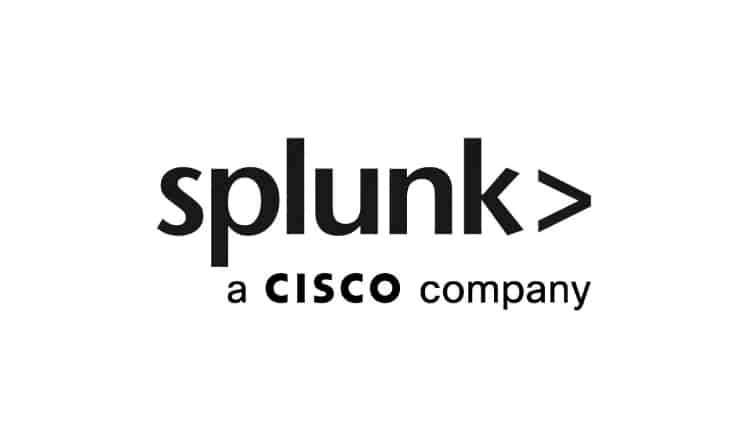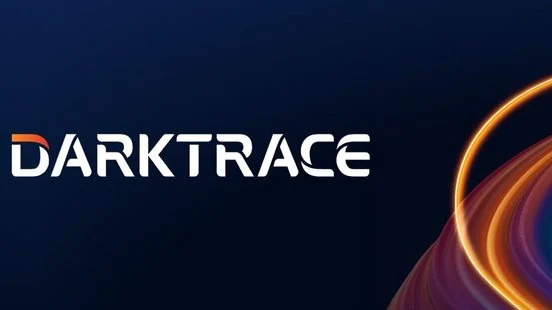

In enterprise cybersecurity, selecting optimal network detection and response (NDR) and security information and event management (SIEM) solutions requires a detailed evaluation of technical capabilities and deployment fit. This analysis compares Cisco’s integration of Splunk with Secure Network Analytics (Stealthwatch) against Darktrace’s AI-driven NDR platform, focusing on detection methodologies, response mechanisms, and operational scalability. Additionally, CrowdStrike is briefly addressed to clarify its distinct role.
Cisco Splunk + Secure Network Analytics: Integrated NDR and SIEM
Cisco Secure Network Analytics (Stealthwatch) functions as an NDR solution, utilizing NetFlow v9 and IPFIX telemetry for behavioral analysis of network traffic. It employs machine learning to detect anomalies—e.g., C2 activity, lateral movement, or exfiltration—across on-premises and cloud environments. Integration with Splunk, a SIEM platform, extends its capability via API-driven data ingestion, enabling log correlation and historical analysis across security and IT stacks.
The Splunk app for Secure Network Analytics provides prebuilt dashboards, mapping flow-based alerts to log events for incident triage. This architecture suits deployments requiring both real-time network monitoring and comprehensive event aggregation.
Darktrace: AI-Powered NDR with Packet-Level Granularity
Darktrace deploys an NDR framework leveraging unsupervised machine learning to analyze full packet captures, establishing behavioral baselines for anomaly detection. Its ‘Enterprise Immune System’ model enables signature-independent identification of zero-day threats, differentiating it from flow-based systems. The Antigena module supports autonomous response actions—e.g., TCP RST injection or port throttling—reducing mean-time-to-respond (MTTR) in active incidents.
While Darktrace offers alert prioritization and visualization akin to SIEM functions, it lacks the log-correlation depth of dedicated SIEM platforms, positioning it primarily as an NDR tool.
Comparative Analysis
The following table delineates key technical and operational distinctions:
| Feature/Category | Cisco Splunk (Enterprise Security) | Cisco Secure Network Analytics (SNA) | Darktrace |
|---|---|---|---|
| Primary Focus | SIEM for log analysis, threat correlation, and response workflows. | NDR for network visibility, behavioral anomaly detection, and forensics. | AI-driven autonomous detection/response across network, cloud, email, and endpoints. |
| Key Features | – Real-time alerting & incident triage – Log-heavy analytics & integrations – Risk-based investigations | – Encrypted traffic analysis (no decryption) – Network segmentation & performance monitoring – Cisco ecosystem integration | – Self-learning AI for anomaly detection – Autonomous response (e.g., interrupt attacks) – Multi-layer coverage (network/email/cloud) |
| AI/ML Capabilities | ML for anomaly detection & user behavior analytics. | AI behavioral analysis on network flows. | Unsupervised AI learns “normal” behavior; detects novel threats without rules. |
| Deployment | On-prem, cloud, or hybrid; scalable for large data volumes. | On-prem/virtual/cloud; flow-based collectors. | SaaS/cloud with on-prem options; quick, minimal config setup. |
| Integrations | Thousands of sources; strong with Cisco post-acquisition. | Tight Cisco stack (e.g., Talos intel); API for others. | SIEMs, firewalls, ticketing; API-focused. |
| Pricing (Approx.) | Usage-based (~$1.50/GB ingested); quote for ES. | License by endpoints/flows; ~$50K+ mid-size. | Subscription per user/network; ~$10K/year start. |
| Strengths | Custom dashboards; SOC efficiency; compliance. | Low false positives; deep network insights. | Fast zero-day detection; hands-off automation. |
| Weaknesses | Complex setup; high costs for big data. | Limited to flows (not full packets); Cisco-centric. | Initial learning phase false positives; needs oversight. |
| User Ratings (Avg.) | 4.4/5 (Gartner/TrustRadius) – Great analytics, steep curve. | 4.7/5 – Excellent visibility, more automation desired. | 4.7/5 – AI innovation shines, cost mixed for small orgs. |
| Best For | Log-intensive SOCs integrating with SNA for full security. | Hybrid networks, esp. Cisco users. | AI-native defense against evolving threats. |
| Quick Verdict | Robust for data-heavy enterprises; pairs well with SNA. | Network telemetry powerhouse; complements Splunk. | Innovative, proactive AI; less reliant on manual rules. |
Deployment Considerations
- Cisco Splunk + Secure Network Analytics: Optimal for enterprises with Cisco infrastructure (e.g., ISE, ASA) requiring hybrid NDR-SIEM functionality. Stealthwatch’s flow-based approach ensures lightweight deployment across large networks, while Splunk’s indexing supports cross-domain investigations. Encrypted Traffic Analytics (ETA) provides metadata-driven visibility into encrypted flows without decryption, aligning with privacy constraints. However, NetFlow sampling may miss packet-level details, and Splunk’s ingestion costs escalate with data volume.
- Darktrace: Suited for organizations prioritizing signatureless threat detection and rapid response. Packet-level analysis offers forensic depth, and Antigena’s autonomy reduces SecOps workload—assuming tuning mitigates false positives. Its resource demands (e.g., SPAN/TAP ports, appliance sizing) and premium cost model target well-resourced teams, while its lighter SIEM capabilities necessitate supplemental tools for log-heavy workflows.
Operational Fit
Cisco’s solution excels in environments demanding integrated network and log visibility, particularly within Cisco-centric deployments. Its scalability and ecosystem cohesion make it a pragmatic choice for large enterprises. Darktrace, conversely, targets network-first security with AI-driven precision, appealing to teams facing advanced persistent threats (APTs) or zero-day risks, though its deployment complexity and cost may deter smaller operations.
Selection hinges on infrastructure alignment, threat model, and resource capacity. Cisco’s stack offers broader coverage; Darktrace provides deeper network insight. Evaluate against your SecOps maturity and budget constraints.